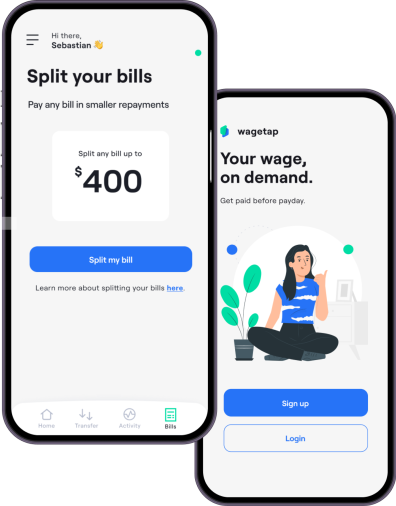4 Signs Your Financial Cushion Won’t Hold Up in a Real Emergency

An emergency fund may seem sufficient—until it’s tested. Learn four signs your financial cushion may fall short when a real crisis arises.
4 Warning Signs Your Financial Safety Net May Fail in a Real Emergency
We’re often told to build an “emergency fund”—a financial cushion designed to protect us when life doesn’t go according to plan. It’s a smart concept in theory, and one many people strive for. But having some money set aside doesn’t always mean you’re truly prepared for the unexpected.In practice, what appears to be a solid safety net may not prove to be as reliable in an actual emergency. If your cushion is too thin, or too inaccessible, or constructed on assumptions that don't reflect your actual life, it could provide a false sense of security. And when time is short and costs are pressing, that false confidence can cost you.These are four warning signs your financial safety net may be less secure than you believe, and how you can build it more solidly before you must rely on it.1. You're Saving Without a Clear Emergency Plan
It's typical to save money in some kind of "savings" account and just leave it as an emergency fund. Sure, that's better than saving nothing, but without a real plan, it can fall apart quickly when you need it. If you haven't determined what constitutes an emergency—and how much you'd actually need to address one—you may not be saving for the right purpose.Worst, you could end up spending that money on discretionary spending, such as holiday presents or impulse buys, and not even know you've burned through your safety net.What to think instead
Define "emergency" to you: job loss, doctor bill, car repair? Then, calculate what it would cost to cover one month of your bare necessities—housing, food, utilities, transportation—and set that as your first milestone. Make your emergency fund a distinct, insulated category, and not just a catch-all buffer.2. You Use Credit Cards as Your Plan B

What to do instead
Take credit as a backup or supplement only, not the first resort. If you must use a card for an actual emergency, fine—but only if you're simultaneously building low-barrier savings and researching low-cost, flexible alternatives when possible.3. Your Cash Flow Is Too Tight to Rebuild Your Fund
You might have an emergency fund right now, but can you replace it if you dip into it? If you are making just enough to pay your daily expenses, you could fall into a pattern where you drain your cushion once and can't spare the money to refill it.This is a not-so-subtle yet serious problem. It indicates that your emergency strategy is actually a one-shot safety net—useful but not sustainable. With repeated setbacks or a long income shortfall, your cushion would be gone after just one blow.What to do instead:
Take a look at your monthly cash flow to identify opportunities for small, regular contributions into your fund. Even $10 or $20 a week can restore a buffer in time. It's also worth investigating tools that assist you in dealing with irregular pay periods, if you find yourself frequently waiting for payday as costs accumulate.4. Your Savings Are Hard to Access Quickly

What to do instead:
At least some of your emergency buffer should be in a low-friction, immediately accessible account—preferably one aside from your everyday spending, but simple to transfer when you need to. You need speed, not complication, when the unexpected occurs.How to Access Emergency Cash When Your Cushion Isn’t Sufficient
Even the most excellent intentions and preparations can prove unfulfilling. You are conserving assiduously, budgeting scrupulously, and yet somehow end up with a point where the figures simply do not go as far as you need them to. That is not failure—it's the way things are. What matters is understanding how to react when your financial cushion won't suffice.One option to consider is a pay advance—a lower-stress, more flexible way to manage shortfalls than old-fashioned loans or high-interest credit cards. Apps such as Wagetap provide services that allow you to receive your pay early, providing faster access to the money that you've already worked for without the lengthy approval process or the heavy interest that's typically associated with payday loans.It's not a permanent substitute for construction savings, but it is a realistic solution when time is of the essence and costs are immediate. Understanding how to access emergency cash with innovative, responsible means can be the difference between surviving a crisis and falling further into financial hardship.App StoreGoogle PlayFor additional help in improving your spending habits, you can always download Wagetap. It is a leading wage advance and bill split app that allows you to access your pay early. Emergencies can always happen and Wagetap can help you handle life's unexpected expenses.
Share this post
Download Wagetap today
Get your Pay On demand with Wagetap
Subscribe to our Newsletter

© 2025 Wagetap All rights reserved
Digital Services Australia V Pty Ltd


